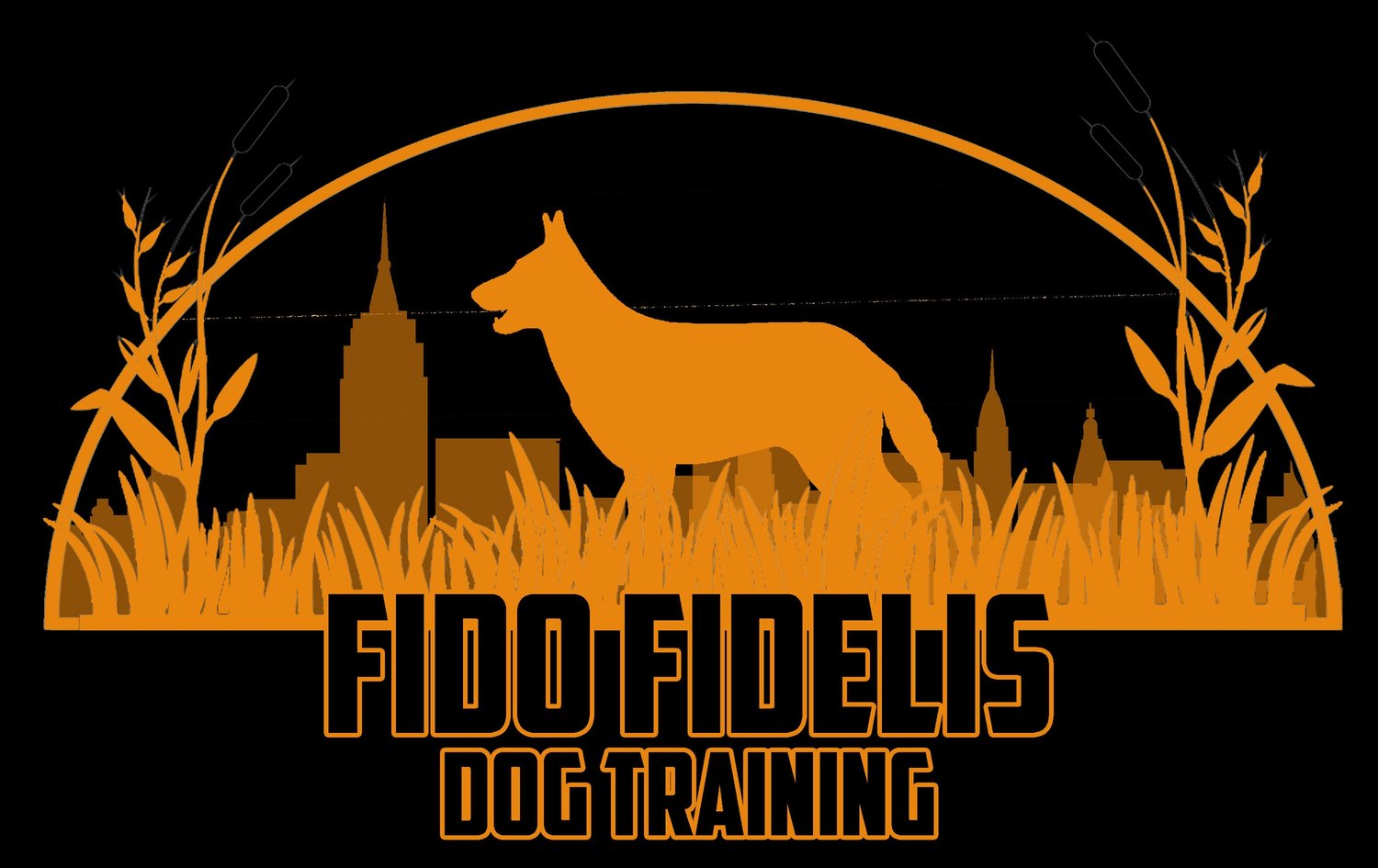Balanced training refers to a training approach that uses a combination of both positive and negative reinforcement to teach and modify a dog's behavior. This approach is based on the principles of the four quadrants of operant conditioning: positive reinforcement, negative reinforcement, positive punishment, and negative punishment.
Positive reinforcement involves rewarding a dog for exhibiting desirable behavior, such as giving them a treat when they perform a command correctly. Negative reinforcement involves removing something unpleasant when the dog exhibits desirable behavior, such as stopping an annoying noise when the dog stops barking. Positive punishment involves adding something unpleasant to discourage undesirable behavior, such as a sharp correction when a dog jumps on someone. Negative punishment involves removing something pleasant to discourage undesirable behavior, such as taking away a toy when a dog bites too hard during play.
Balanced training recognizes that all four quadrants can be effective tools in modifying a dog's behavior, but also acknowledges that some quadrants may be more appropriate in certain situations than others. For example, positive reinforcement may be more effective in teaching a dog basic commands, while negative punishment may be more appropriate in discouraging unwanted behaviors such as destructive chewing.
When applied correctly and with proper timing, balanced training can produce faster and more long-lasting results than positive-only training. This is because it addresses the root cause of a dog's behavior, rather than simply masking it with treats and rewards.
One of the most effective tools in balanced training is the use of remote training collars, also known as e-collars. These collars allow the trainer to provide immediate correction when the dog exhibits unwanted behavior, such as jumping or chasing. However, it is important to note that e-collars should only be used by experienced trainers who have been properly trained in their use.
Another important aspect of balanced training is the recognition that training the owner is just as important as training the dog. Owners must learn to recognize and respond appropriately to their dog's behavior, and to set clear boundaries and expectations for their dog's behavior.
In conclusion, balanced training and the four quadrants of operant conditioning offer a comprehensive and effective approach to dog training. By utilizing the appropriate quadrant for each situation and incorporating tools such as remote training collars, owners and trainers can achieve faster and more long-lasting results in modifying a dog's behavior.
